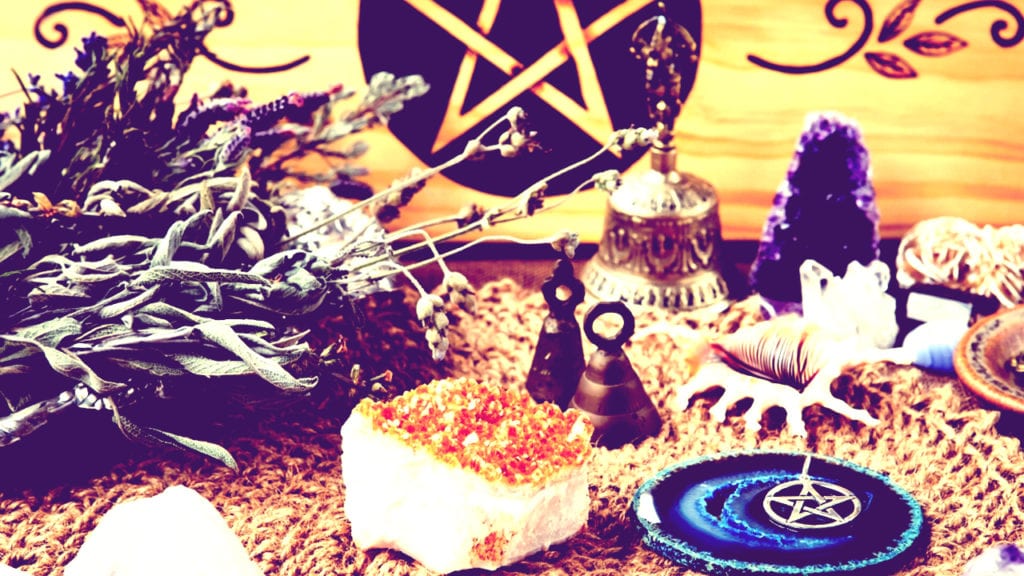What Is Wicca? An Introduction to the World’s Most Popular Form of Witchcraft
The answer to a question like, “What is Wicca,” is simple; Wicca is a pagan, earth-based belief system that involves the reverence of all of nature and living in reciprocity with all living things. Some people identify Wicca as a relatively modern spiritual path, first emerging in the 1950s with the writings of Gerald Gardner, the Founder of the modern Wiccan movement. Other people feel Wicca traces back to far more ancient pagan practices, which were, for the most part, handed down from one generation to the next.
What Is Wicca – Types of Wicca
In addition to the general overview of the various types of Wicca presented in this article, ToSalem is constantly updating its catalog of Wiccan articles, each exploring a different sect or outcropping of this spiritual path. Click any of the articles below to dig further into more specific Wiccan beliefs or continue reading for an introduction to Wicca as a whole.

Dianic Wicca
Ever wondered what a hyper-feminist version of Witchcraft might look like? The answer is Dianic Wicca. Learn all about it here!

Introduction to Faery & Celtic Witchcraft
The word “fairy” harkens images of dainty creatures with gossamer wings. But the faeries of Celtic Witchcraft & Wicca are far more than that.
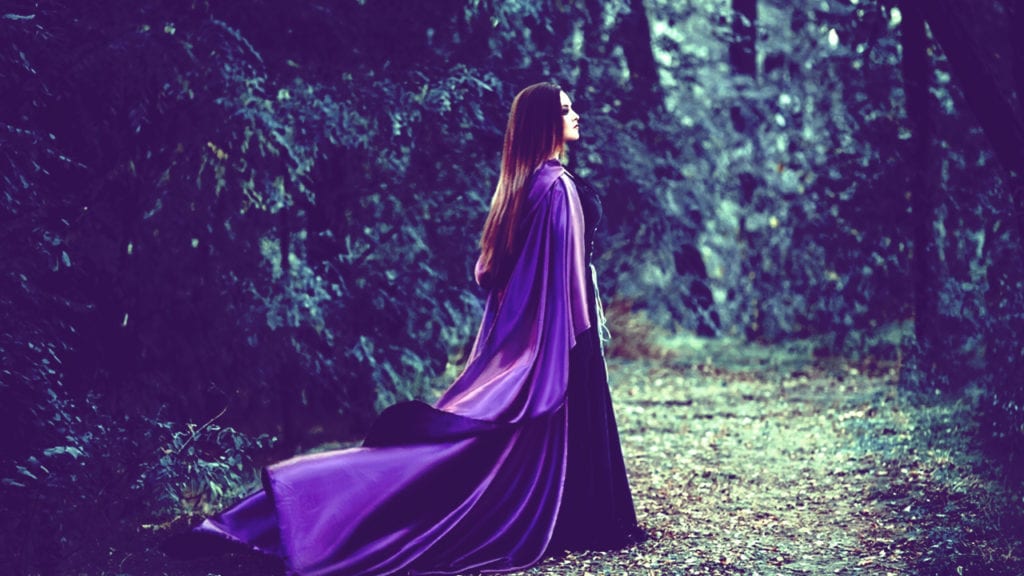
What is the Wicca Religion?
Wicca and witchcraft often go together, but they are not the same things. Wicca is a spiritual path one can practice without involving the use of magickal operations. One can pay reverence to the gods and goddess via ritual, but spellcasting, divination, and other magickal practices aren’t necessary. The spiritual path involves attuning to the Earth’s rhythm and cycles, celebrating the eight seasonal sabbats, working with the influential energies originating from the celestial bodies, all while involving oneself in a life-long process of learning. The path is something a person can pursue individually as a solitary practitioner or within a coven framework.
So then, what is a Wiccan Witch? A person who follows the Wiccan path of spirituality and studies and performs magick is a Wiccan Witch. The witch adheres to fundamental principles when practicing magick. Such principles originate from the Wiccan’s belief system, with the main principle ensuring the practitioner refrains from using magick to harm.
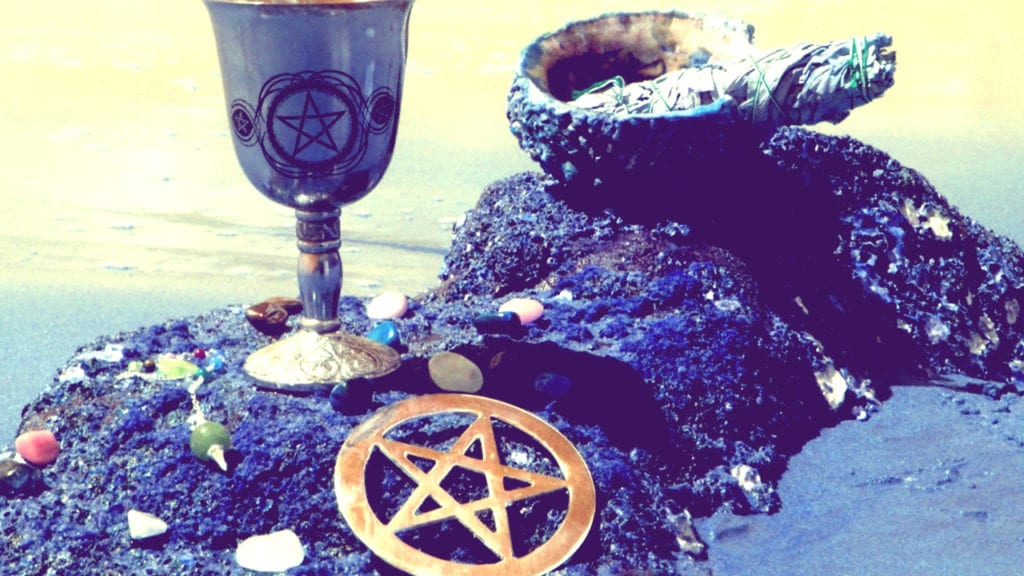
What is a Pagan?
So, what is the difference between a pagan and a Wiccan? Someone who practices the Wiccan religion is a pagan. But not every single pagan is Wiccan. For that matter, not every single pagan is a witch either. For example, some pagans are Druids, while others might be Shamans. The traditions may have some overlapping interests with Wicca, but druidism and shamanism are quite distinct from Wicca.
In pre-Christian times when there was an effort to convert people from pagan religions to Christianity, those who resided in large towns were easier to access and convert. Meanwhile, people living in the country carried on with the old ways, worshipping pagan deities and practicing the Old-World traditions. At the time, the word “paganus” literally meant “one who dwells in the country.” As such, identifying someone as a pagan was to consider them not converted – a pagan still worshipped multiple gods instead of a single, all-powerful deity like the Judeo-Christian God. Today, that meaning carries a similar connotation-essentially, anyone following a religious doctrine or spiritual path that doesn’t involve the worship of the Judeo-Christian God is pagan. Wicca, which involves god and goddess worship (often with a greater focus on the Divine Feminine), falls under paganism’s umbrella definition.
To complicate things a bit more, some people identify with the “pagan religion.” In other words, paganism is a religious practice in and of itself, where the practitioner honors multiple deities, all of which are aspects of a single deity. Practitioners of the pagan religion and followers of the Wiccan religion share polytheistic views. Still, the various pagan paths may differ significantly in terms of their views on magic, fundamental principles, and tenets.
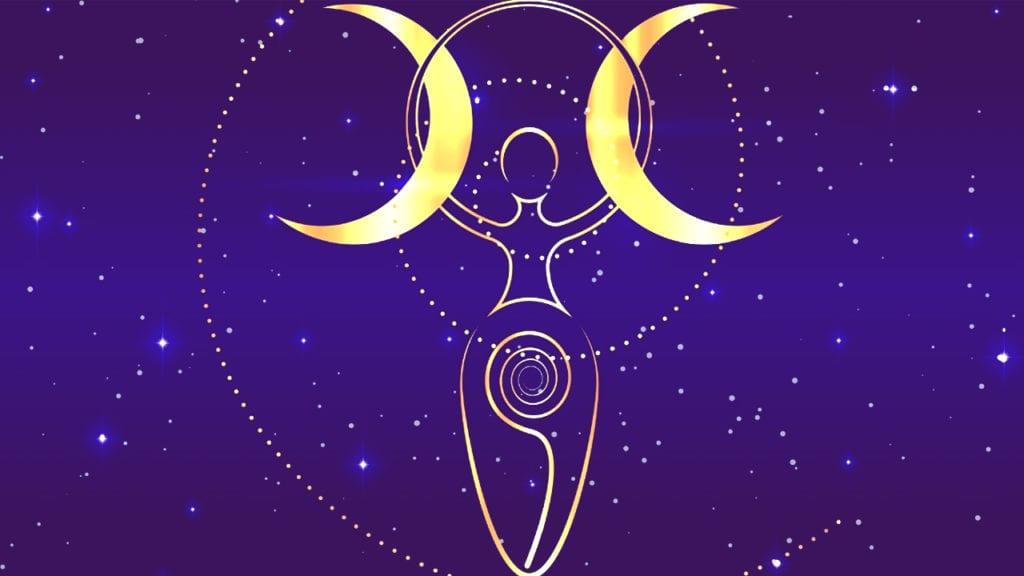
What is the Wiccan Rede?
“The Wiccan Rede” is a 26-line poem written by Lady Gwynne Thompson, who further attributes writings to Adriana Porter, her grandmother. The rhyming poem consists of a variety of principles for which a Wiccan witch, or any witch for that matter, can adhere to, with the most famous lines being the last two lines of poetic verse: “Eight Words the Wiccan Rede fulfill: If it harm none, do what thou will.” In essence, the principle suggests witches can do whatever they want to if the action involves no harm to the self or others. The same line appears in the “Witches’ Creed” by Doreen Valiente.

Wicca and the World of Magick
The term “Wiccan church” sounds a lot like a misnomer, seeming to merge the idea of church attendance with pagan ritual practices and the worship of gods. In the earliest days of the craft, as it was for pagans of old, “the church” was either outdoors in nature or somewhere safe and hidden to ensure the practitioners’ safety from accusations of heresy. Today, with any laws banning the practice of the craft already lifted, Wiccan Witches conduct rites and work magick both indoors and outdoors at the appropriate times of their choosing.
In truth, the term “Wiccan church” takes on several meanings, always differing slightly depending on the context of its use and the circle one’s participating in at the time. Some practitioners might reference the temple where they regularly gather and worship as a “church.” In contrast, others might view the entire world, particularly areas in the wilderness or abundant with nature, as their one and only “church” suitable for worship and magickal operations. Meanwhile, there are witch schools that sometimes have areas where students can gather for ritual and worship that serves as a Wiccan church. A solitary practitioner of the craft might also call their indoor or outdoor ritual space their personal Wiccan church.

The Coven Hierarchy and Modern Day Witchcraft
When there is a group of three or more Wiccans, then the group is a coven. Note that some practitioners will undoubtedly argue that merely having two or more witches working together regularly is equivalent to a coven. Usually, the cap on a single coven is thirteen people, but, as there are always exceptions to the rule, the coven may have well over thirteen members. When a coven reaches thirteen members, then there is an option for the coven to hive off and form Groves which are an extension of the Mother Coven. Usually a priest or priestess in the existing Mother Coven will take over the new coven when it forms.
A high priestess might serve as the head of a coven, and often there is a high priest. In some covens, particularly those in which the members are Dianic with a strong focus on worshipping and honoring the Divine Feminine, there may be no high priest. Likewise, other covens may choose to have a high priest and no high priestess.
Some covens further divide up their members into those in the outer court and those in the inner court. Dedicates and neophyte coven members are often in the outer court until they achieve a certain status or complete a set period of study in the magical arts. Initiates, priests, and priestesses are often members of the inner court, all of which are allowed entry into the inner court upon completing initiation or after achieving priest/priestess-hood.
Covens and the Esbats and Sabbats
Both solitaries and coven members will often celebrate Esbats, which involves celebration on the Full Moon and honoring the Divine Feminine. Esbats can also involve divinatory practices or spell workings. There are eight sabbats Wiccan practitioners celebrate, including Samhain (The Witches’ New Year), Yule (Winter Solstice), Imbolc, Vernal Equinox, Beltane, Litha (Summer Solstice), Lammas, and Mabon (Autumn Equinox). The dates of such celebrations vary depending upon where the practitioner resides (in the northern or southern hemispheres, respectively). Sabbats are special days to honor the changing of the seasons, the rhythmic cycles of the Earth, the movement of the Sun, and the passage of time. Sabbats often involve ritual magic, rites of passage, and spellwork or divination relating to the season to come.
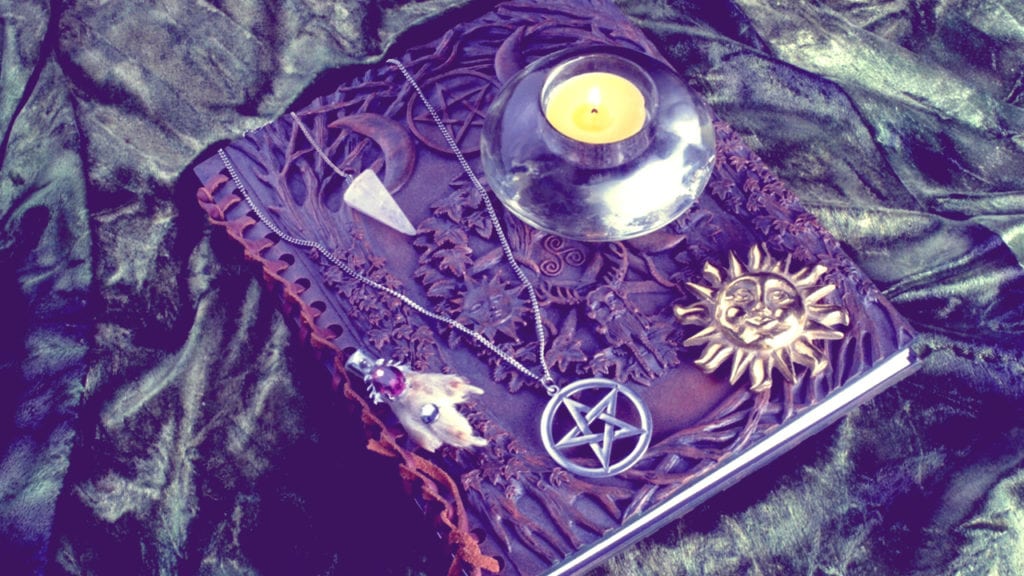
The Wiccan Bible: Literature, Creeds, Principles, & Foundational Texts
Whether we’re referencing a solitary practitioner or a coven member, there is no single text Wiccan Witches reference for religious or magickal instruction. There are no universal rules practitioners are expected to adhere to; this allows every practitioner or coven to maintain complete autonomy. There’s no governing religious body ruling over Wiccans, leaving every practitioner responsible for their own spiritual path and actions.
Some Wiccans use a collection of creeds, bodies of literature, and foundational texts as a source for guidance. Note, once again, that there is no rigid set of commandments or religious laws all Wiccans are expected to adhere to; rather, the collection of writings and creeds serves as fundamental principles to which Wiccans aspire to fulfill. Also note not every Wiccan will turn to the same bodies of work for guidance, nor is there any spoken or unspoken “rule” suggesting every Wiccan must adhere to the same principles. As such, the short list of Wicca books below is merely a sampling of the most common bodies of work people reference when they want to pursue the Wiccan path of spirituality. The list is in no way all-inclusive.
Aradia
“Aradia” (“The Gospel of the Witches”) is a text translated by Charles Godfrey Leland, referencing Italian or Strega Witchcraft in the 17th century. The book contains Wiccan folklore, information on witchcraft traditions, and references to the goddess Diana: The Queen of Witchery, in addition to the historical exploitation of practicing witches.
Drawing Down the Moon
“Drawing Down the Moon,” by Margot Adler, is a fundamental text for Wiccans and witches, one examining the history of neo-paganism in America and the roots of witchcraft. The text also reveals the practices, beliefs, and traditions of witches.
A Witches’ Bible: The Complete Witches’ Handbook
“A Witches’ Bible: The Complete Witches’ Handbook” by Janet and Stewart Farrar defines Witchcraft principles and practices, not just for Wiccans, but for all Witches. The book details magickal operations, spells, rites of consecration, sabbat celebrations, tools of the craft, traditions for sabbat, the history of the craft, and coven operations.
The Gardnerian Book of Shadows
“The Gardnerian Book of Shadows,” is one of the main literary works for practitioners of Gardnerian Wicca. The body of work is attributed to Gerald Gardner: The forefather of Wicca. The book contains information on everything from magick circle casting to sabbat-related traditions, as well as the main principles of witchcraft. The Grimoire contains a mix of influences, including biblical, tantric, Celtic, and English, among others.
Witchcraft Today
“Witchcraft Today,” also by Gerald Gardner and featuring an introduction by Margaret Murray, was published in the early 1950s. In it, Gardner writes about Wiccan ideology, rituals, and the main tenets of the practice which, according to the author, originate in ancient British Witchcraft traditions. He also wrote “The Meaning of Witchcraft,” nearly five years after “Witchcraft Today,” soon after the English laws making witchcraft a crime were repealed. The text was the first of its kind, portraying the craft’s practice in a positive light.
Buckland’s Complete Book of Witchcraft
Just as Gardner had a major influence on the unfolding of Wiccan practices today, Raymond Buckland (craftname: Robat) is another pagan and writer who proves influential on modern-day witchcraft. In fact, Buckland was, at one time, the high priest in a Gardnerian coven. He was the first to bring Gardnerian practices to the states, only later to develop a tradition of his own: Seax-Wica. His book, Buckland’s Complete Book of Witchcraft serves as a foundational text for practitioners of Seax-Wica and includes information on principles, spells, herbals, Esbats, sabbats, holistic healing, and more.

Wicca Related Beliefs
The Thirteen Principles of Belief: Some Wiccans adhere to the Thirteen Principles of Belief, (sometimes called “The Thirteen Principles of Wiccan Belief“), which was originally established in the early 1970s by a group of practitioners from various traditions identifying as the American Council of Witches. Though the group disbanded shortly after its formation, the principles remain. Many solitary and coven practitioners adhered to them or even used the tenets as a foundation for coven bylaws.
Sometimes covens also develop their own set of principles. For instance, according to the Blue Star Foundation, members of the Blue Star Covens adhere to the “Tenets of Faith” that point to seven principles coven members and practitioners use to guide their lives. Each of the seven tenets aligns with one of the seven points in a heptagram and include Learning, Humility, Harmony, Reincarnation, Tolerance, Trust, and Balance.
To understand the Divine Feminine, Wiccans often view the Goddess in various, personified aspects, allowing for easier comprehension of the Divine’s complexities. Doreen Valiente wrote one version of “The Charge of the Goddess,” that reveals the Feminine Divine’s nature, as well as what a practitioner gains from connecting with the Goddess on a spiritual level. Within The Charge, witches are instructed to gather once at every full moon. They give reverence to the Divine, seek the understanding of the hidden mysteries, and remember their dedication to the craft. The same author wrote “The Witches’ Creed,” a poem about the practices of the craft, sabbats, magick, and a famous eight-word passage which most Wiccans consider a fundamental spiritual practice: “If it harms none, do what you will.”

Joel Austin is an actor, writer, and filmmaker who’s lived all over the country. He’s been an avid Salem lover since the 2010’s.
